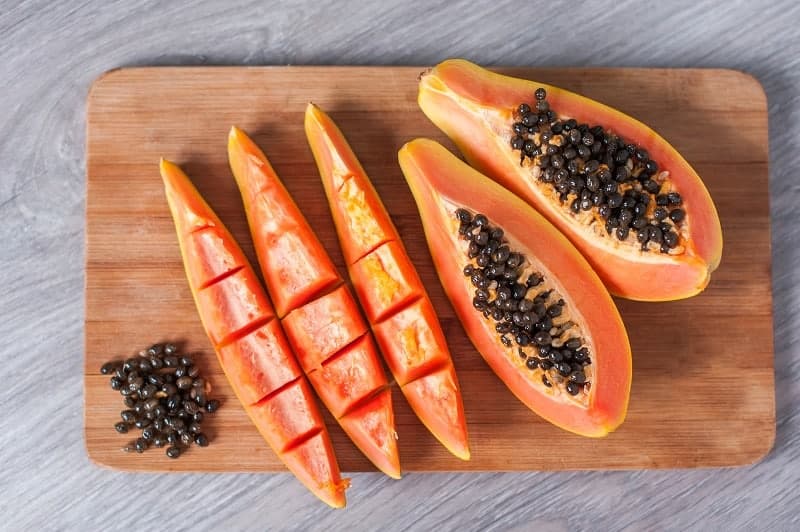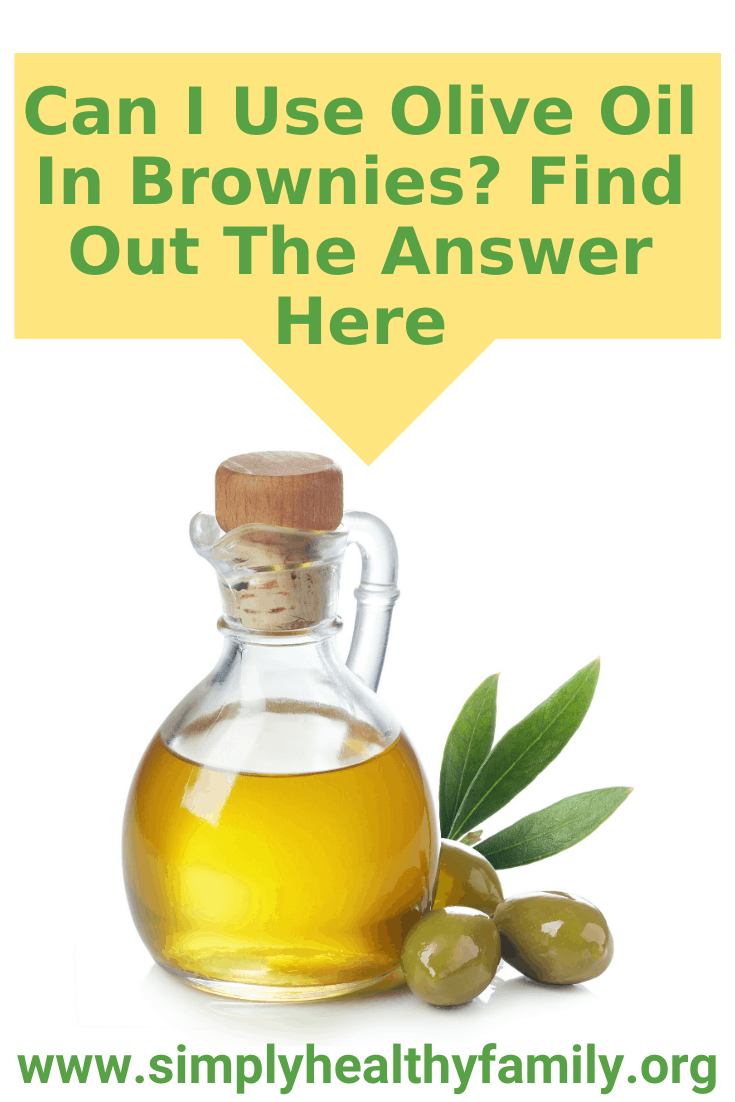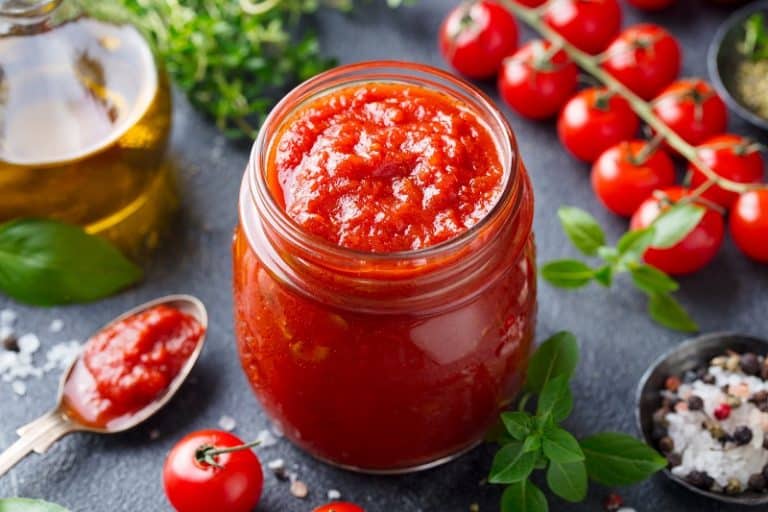How To Cut A Papaya
Are you a novice papaya eater? Maybe you’ve seen the fruit in the market and passed on purchasing because you weren’t sure…
- What it was?
- If it was ripe?
- Or, how to cut it?
If so, that is a shame! Papaya is absolutely delicious, and a wonderful addition to your fruit palate.
So, if you want papaya facts, you’ve come to the right place! We will tell you everything you need to know, and more than you ever wanted to, about this magical fruit.
Related Reading: How To Cut Bok Choy In Four Simple Steps
Where does Papaya Come From?
Papaya (originally pawpaw) is a tropical fruit that originated in the tropics of the Americas, either Mexico or South America. It was later spread to other tropical environments, including islands of the Caribbean, and Southeast Asia.
I learned to love papaya in my year abroad in Indonesia, where the papayas are plentiful, and grow to astronomical sizes. A single papaya there was way more than one person could gorge on, even in the thirst-inducing tropical environment.
We would purchase these huge fruits for pennies, each as much as we could handle, and share the rest. But the papayas you will find in your local supermarket are likely to be much smaller, and more expensive.
But still, so delicious, you are not likely to have leftovers, but rather, your family will all be reaching for a chunk.
Check this Article: Substitute for Cornstarch
Is Papaya a Healthy Fruit?
Yes. Papaya is a no-brainer as an addition to your fruit palette. First of all, like most orange-fleshed fruits and vegetables, papaya has high levels of vitamin C.
It is composed of 88% water, and only 11% carbohydrates, and is almost entirely fat-free. This means that it tastes sweet but is both hydrating and relatively low-calorie when compared with other fruits. To be precise, a 100-gram serving contains only 43 calories but provides you with 75% of the daily recommended quantity of vitamin C, plus 10% of your daily recommended intake of folate.
Here are some of the health benefits of papaya:
-
It is good for diabetics because, although it tastes sweet, it has a relatively low sugar content.
-
It can aid in weight loss, as it has a high fiber content, which makes you feel full while having fewer calories per serving than many other types of fruit.

- It can help arthritis, due to anti-inflammatory properties and high levels of vitamin C, which studies have shown can help protect against arthritis flare ups.
- Papaya can improve digestion, as the fibre helps bowels stay regular. It also contains papain, a digestive health promoting enzyme.
- Papain also can help reduce the pain associated with menstruation.
- Papaya contains antioxidants, which have been known to improve skin health, reduce the signs of aging, and prevent cancers and other illnesses.
- Reduce stress with vitamin C rich papaya. Vitamin C has been shown to reduce stress levels in laboratory tests.
- The vitamin C, fiber, and antioxidants in papaya can help reduce cholesterol and encourage heart health.
What Does Papaya Taste Like?
Papaya is a unique fruit. It’s high water content is reminiscent of watermelon, but it has a much smoother and silkier texture
In fact, it is the texture of papaya that makes it unique. It is firm but not hard, silky, not mushy, and a bit like the beloved texture of a mango.
The flavor is less intensely sweet than a mango, and papaya are much cleaner to eat and serve than a mango. Its flesh is a rich reddish orange or yellow color, depending on the strain.
Beyond that, you will have to just buy one and try it yourself.
How Do You Know if a Papaya is Ripe?
Unripe papayas are green. As they ripen, they will take a more yellow tinge, and the skin will have a bit of give when you press it (i.e., it won’t be super hard when pressed).
It should also give off a sweet smell. The smell of ripe papaya may take a bit of getting used to. Some of my kids are not crazy about the smell, but others enjoy it.
It depends on the individual child and their sensitivities. Green, or unripe papayas are actually used in Southeast Asian cuisine; but that is for a more advanced papaya student.
For our purposes, choose a papaya on the yellow side, and, if necessary, wait a few days for it to get a bit sweeter and softer before cutting.
How Do You Cut a Papaya?

Ah, the reason you opened this article. Well, you will now get the information you seek.
Using a non-serrated knife that is larger than your papaya, and cut the papaya lengthwise in half. Inside, you will find a whole lot of little black or brown papaya seeds. This is normal
You can just use a spoon to scoop out the seeds and discard. Then, using a small, sharp knife, cut the papaya flesh away from the skin.
Unlike watermelon, the skin of a papaya is thin and easy to cut, so you won’t lose much weight when you remove the skin. Once the skin is removed, just cut the papaya into smallish slices or chunks, and serve as close to the time of cutting as possible.
This will ensure maximum freshness and nutrition.
So go for it!
It can be hard to add a new food to your family’s menu, especially since children have a self protecting mechanism that makes them wary of unfamiliar foods. One way to introduce the flavor of papaya into their diets is to buy dried papaya.
It is recommended to try the natural, unsweetened variety, because the sugared papaya is really nothing more than glorified candy. But dried papaya has a more subtle smell than fresh papaya, and the chewy texture and bright pink color is appealing to kids.
Once you have them on board with dried papaya, break out a fresh one, and remind them that this is a fruit that they have already tried (and hopefully enjoyed).
Good luck, and happy slicing!






